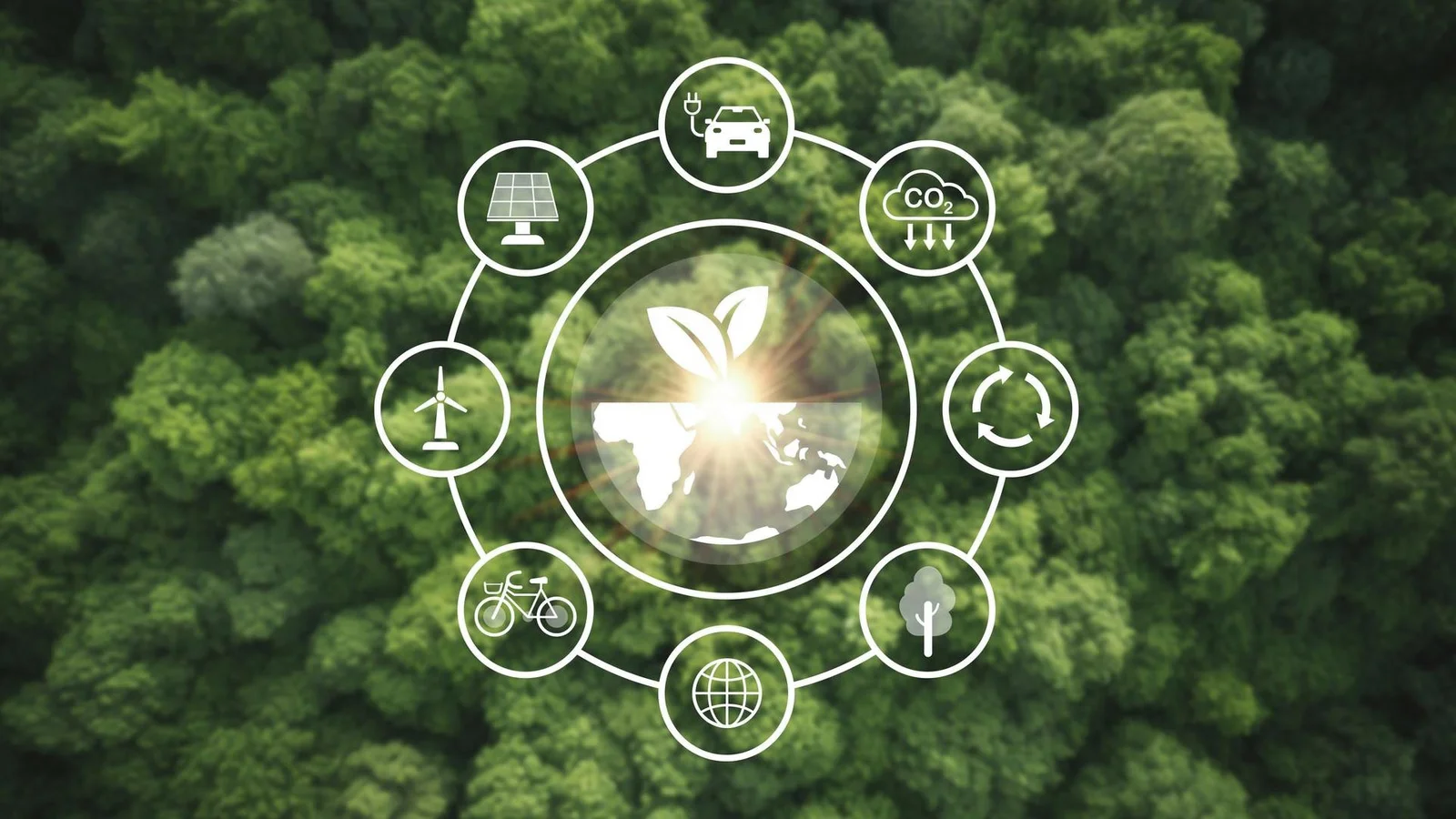The aviation industry is in the midst of a significant transformation, where sustainability is becoming a defining pillar of innovation. As global emissions targets grow stricter and the call for greener skies intensifies, alternative fuels have gained unprecedented attention. One groundbreaking development is the conversion of biogas into Sustainable Aviation Fuel (SAF), a process that merges circular economy principles with carbon neutrality. This method is not only promising for climate goals but also revolutionizing how we perceive waste and energy in aviation.
Introduction to Biogas and SAF
Biogas is a renewable energy source derived from organic matter like agricultural waste, food scraps, and wastewater. When processed, this gas becomes a potent input for creating Sustainable Aviation Fuel, a non-fossil fuel that emits significantly fewer greenhouse gases. SAF created from biogas stands out for its circular lifecycle, where carbon emitted during flight is offset by carbon absorbed during biomass growth.
The Role of Biogas in Clean Aviation
Biogas offers a dual solution—managing waste effectively while powering aircraft with a cleaner alternative to jet fuel. The aviation sector, responsible for a sizable share of global CO₂ emissions, now has a renewable energy route that not only cuts emissions but also supports waste valorization. The process emphasizes sustainability from ground to sky, giving airlines a viable option to meet international emission standards.
How Biogas Converts to Sustainable Aviation Fuel
The pathway from biogas to SAF involves refining biogas into synthetic hydrocarbons that can be used in jet engines. This typically includes cleaning raw biogas to remove impurities and then subjecting it to chemical conversion processes like Fischer-Tropsch synthesis. The final output mirrors conventional aviation fuel in performance but surpasses it in environmental value, creating a drop-in fuel compatible with existing infrastructure.
Environmental Benefits of Biogas-Derived SAF
Switching to biogas-derived SAF can reduce lifecycle carbon emissions by up to 80% compared to conventional jet fuel. In addition to cutting CO₂, it significantly reduces sulfur oxides and particulate matter emissions. The use of waste feedstocks minimizes land-use impacts and encourages the reuse of organic material, supporting a circular energy economy.
Challenges and Innovations in Scaling Biogas to SAF
Despite its promise, scaling biogas to SAF production faces challenges such as high initial costs, limited infrastructure, and policy uncertainty. However, innovation is rapidly addressing these barriers. Advances in gas purification, new catalytic processes, and modular production units are making it more feasible to deploy biogas-to-SAF systems on a broader scale. Policy frameworks and private sector investment are also starting to align, creating a more supportive environment for growth.
Future Prospects of Biogas in the Aviation Sector
The future of sustainable biogas aviation fuel is bright, especially with governments pushing for net-zero emissions by mid-century. Airlines are committing to SAF targets, and biogas offers a consistent, scalable solution that doesn’t require drastic changes to aircraft technology. With continued innovation and supportive regulation, biogas is poised to become a cornerstone of the aviation fuel supply chain.
For more info https://bi-journal.com/biogas-to-saf-is-shaping-the-future/
Conclusion
The journey from biogas to sustainable aviation fuel exemplifies how waste can be transformed into high-value, climate-friendly energy. This shift is not just technological—it represents a new era of sustainable aviation that aligns ecological integrity with industrial progress. As adoption accelerates, biogas-derived SAF will become a critical lever in the aviation sector’s decarbonization strategy.

